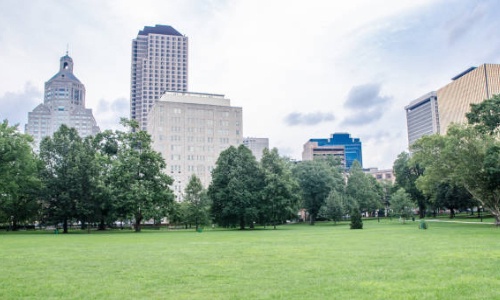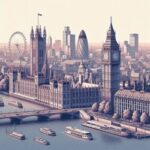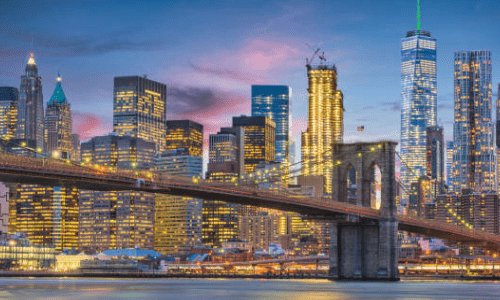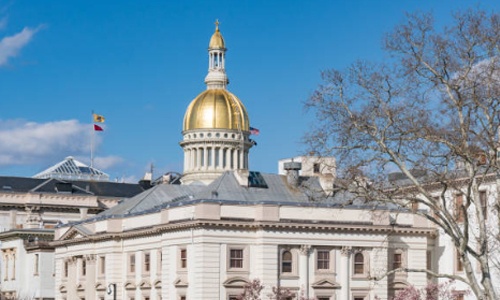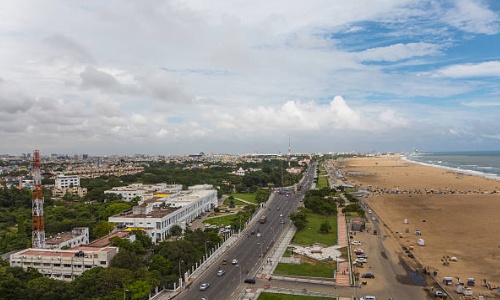
Chennai, India
Recent estimates of the economy of the entire Chennai Metropolitan Area have ranged from US$58.6 to US$66 billion (PPP GDP), ranking it from the fourth- to sixth-most productive metro area of India, and the third highest GDP per capita. The metropolitan area doesn’t include the nearby industrial zones of Sholinganallur, Siruseri, Oragadam and Sriperumbudur. Chennai has an economic base anchored by the automobile, software services, medical tourism, hardware manufacturing and financial services. Other important industries include petrochemicals, textiles and apparels. The Chennai Port and Ennore Port contribute greatly to its importance. The city has a fully computerized stock exchange called the Madras Stock Exchange. Chennai was recently rated as having the highest quality of life among Indian cities ahead of the other three metros and Bangalore, based on the “Location Ranking Survey” conducted by ECA International. Chennai has improved its global ranking to 138 in 2006–07 from 179 in 2002–03. It is now ranked at 26th position in Asia in terms of livability, up from 31st rank in 2002–03. According to a 2007 worldwide quality of life survey done by Mercer, Chennai received the second highest rating in India, with New Delhi scoring the highest, and came in at a relatively low 157th worldwide. The reason was attributed to poor health and sanitation, and the increasing air pollution. It has the distinction of being called The Detroit of Asia.
Chennai has been tagged as the Banking Capital of India,for its vibrant banking culture and trading.The city has emerged as an important center for banking and finance in the World Market. Chennai boasts a transaction volume which serves 900 million people across the World through Back office operation. At present, it is home to four large national level commercial banks and many regional and state level co-operative banks. Several large financial companies and insurance companies are headquartered in Chennai. Prominent financial institutions, including the World Bank, Standard Chartered Bank, ABN AMRO, Bank of America, The Royal Bank of Scotland, Goldman Sachs, Barclays, HSBC, Deutsche Bank, ING Group, Allianz, Sumitomo Mitsui Banking Corporation, The Bank of Tokyo-Mitsubishi UFJ, Abu Dhabi Commercial Bank, Asian Development Bank, Credit Suisse, BNP Paribas Fortis, Deutsche Bank and Citibank have back office and Development Center operations in the city. The city serves as a major back-up center for operations of many banks and financial companies of the world.






